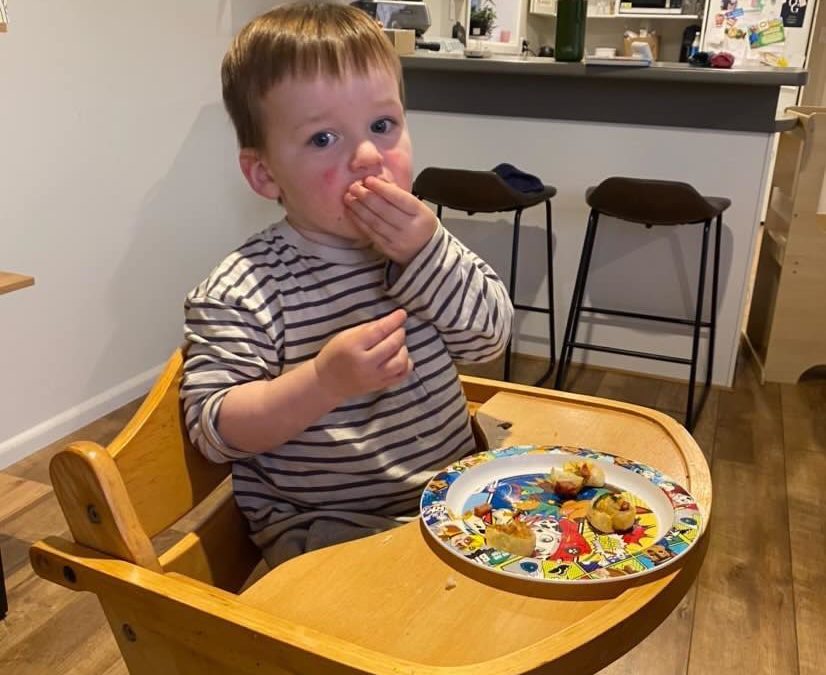Why won’t you sit still?
Does your child struggle to sit still for the duration of a meal, often fidgeting, moving around, sitting on their knees, or preferring to stand?
To ourselves we are thinking, why won’t they just sit still, it’s not that hard. It is likely that they can’t sit still because the task we are asking them to do is so huge and demanding… caused by something we cannot even see.
As adults, we do not notice this but at mealtimes, our feet are almost always flat on the floor. Our children do not have this luxury simply because they cannot yet reach the floor.
While you are sitting reading this blog, I encourage you to just lift your feet off the floor, holding them there without using your arms or back to support you.
Feeling sore yet? You are likely feeling sore and tense in your legs and your core. Essentially you are doing a core workout, which is what our children are doing, every meal. When we don’t have a stable base of support or somewhere to rest our feet, a few things happen:
- We fatigue quickly, when we get tired, we refuse food because it is too tough to eat.
- When we fatigue our sensory system becomes dysregulated and our senses heighten, meaning the food can become too overwhelming.
- We fidget, move around, sit on our knees, and ask to leave the table because it is not comfortable.
- We cannot use cutlery well because we are too focused on keeping ourselves upright.
- We cannot chew! When we have to focus on tensing our core muscles to keep us sitting upright, the muscles in our jaw tense making it more challenging for us to chew, especially tough textures such as meat.
- I am busy focusing on the muscles in my body to focus on the food I am supposed to eat.
- They are at an increased risk of choking.
All of that from not having foot support.
The solution….. You guessed it, foot support!
We can do this in a few ways, for slightly older children (9+) we can add an additional footstool. For younger children, a feeding chair such as a Tripp Trapp or Mocka feeding chair would be useful.
What we are aiming for here is for children’s hips, knees, and ankles to be placed at 90-degree angles. This is the optimal way for children to be seated to support their feeding development. We also want to ensure there is back support and that the child is placed at an appropriate height at the table for them to comfortably see and manage their food (and cutlery if you choose).

Appropriate seating and positioning are so important, to ensure children can safely and comfortably manage food, building their confidence and positive relationship with food.
I encourage you to get creative with your chair at home. Can you create a footstool out of phone books taped together, back support by taping a pillow to the back of the chair, and maybe raising the chair up so that the child can see the table better to manage their food.
Rebecca Barnard

